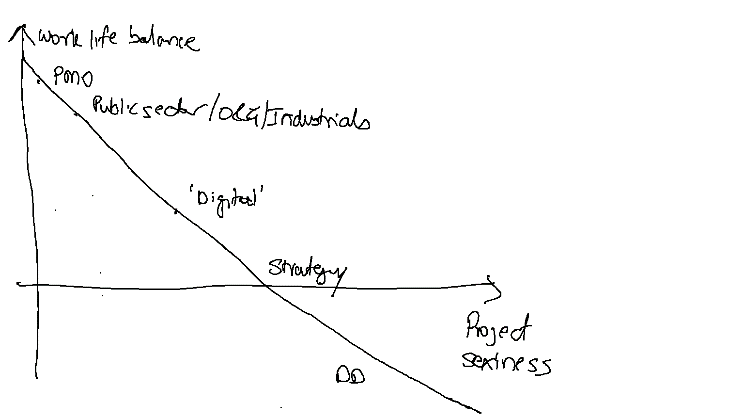



Do not imply that use of parental leave will be a detriment to careers.) It took 18 months and meetings with 50 stakeholders for everyone to buy in. Managers were given training and guidelines. They couldn’t say, ‘Now is not a good time’.” Managers could no longer say that people couldn’t take leave. “We were very explicit in our guidance to the partners and leadership, that this is people’s right to take, therefore, it’s theirs to manage,” Jennifer Philpot, chief people officer, says. When the law firm White & Case began offering 12 weeks of paid parental leave in 2018, employees had to opt out if they did not want to take the offer. Banish the “mommy track” and set family friendly policies as the default. Work-related stress accounts for $190bn in US healthcare costs every year.ģ. And the benefits extend to children and families as well.
#Mckinsey work life balance how to
Research has found that training supervisors how to support workers with family responsibilities and teaching teams to work flexibly has led to improvements in sleep, lowered blood pressure and cardiovascular risk, increased job satisfaction, reduced turnover intention and reduced work-family stress. Train managers and hold them accountable. And know that others are starting to watch.Ģ. Pioneering role models and peers, behavioural science research shows, willing to make real change to support working families are critical in transforming cultures. Set up mentoring and sponsoring programmes. Take care of your health to prevent burnout. Use and encourage others to take advantage of family-forward policies such as paid family leave. Talk openly about your lives, families and hobbies outside work and take holiday. Leaders set the tone for the organisation, so stop sending late night and weekend emails, and expecting workers to be on call at all hours. So what can organisations do? Firstly, have good policies and processes in place - perform pay equity audits, revamp metrics and cultures that reward long hours and presence and focus instead on deliverables, performance, diversity, equity, inclusion and work-life balance as business imperatives.īut to ensure these policies stick, here are three strategies to change workplace culture:ġ. It is a work style that few with caregiving responsibilities - mostly women - can match or maintain. Why? Because they had bought into the myth that the only way to succeed is to work all-out, all the time - family, health and quality of life be damned. One consultant even refused to use the firm’s flexible paid leave policy to visit her father on his deathbed. Family-forward policies are so little-used that in many organisations they are dubbed “ghost benefits”. A recent study of management consultants found they had access to flexible schedules and a host of benefits that most low and middle-wage earners only dream of.


 0 kommentar(er)
0 kommentar(er)
